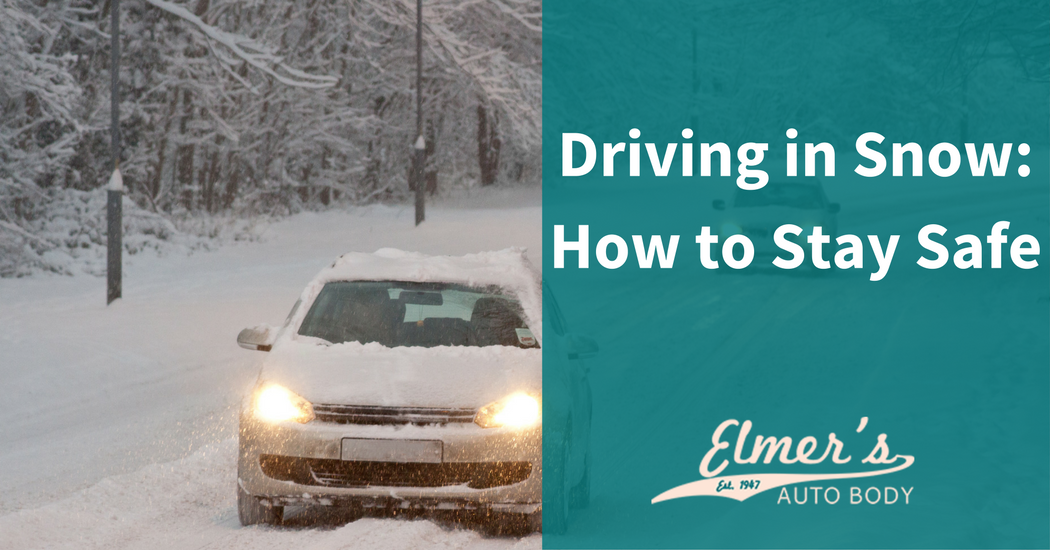Although it would be great if we could all stay inside when winter weather strikes, that is not always possible. Traveling in winter weather can be stressful and frightening, but we don’t always have the option to avoid it. We must get to work, appointments and other obligations, sometimes when the weather is unfriendly. These tips help keep you safe when driving in winter weather.
Vehicle Maintenance
Make sure your vehicle is properly maintained. Your tires should be properly inflated based on the manufacturer’s recommendations and never mix radial tires with other types of tires. Keep your gas tank at least half full so that your gas lines do not freeze. Check all fluids to be sure you have windshield washer fluid and the proper amount of coolant in your vehicle. Test your battery level and clean connections as cold weather puts a strain on your battery. Never warm your car in an enclosed space like in your garage with the doors closed.
Long-Distance Trips
If you have to travel a long distance during winter weather, be sure to check weather reports, especially if you must drive in isolated areas. If the weather is going to be severe and you must drive through an isolated area, delay your trip. Be sure to let people know your route, destination and an estimated time of arrival. Be sure your cell phone is charged and that you have emergency numbers stored in the phone. Put a blanket, gloves, hat, food, water and medication in the vehicle where it is easily accessible.
Stranded Vehicle
If your vehicle becomes stuck, stay in the car as it provides shelter and makes it easier for rescuers to locate you. If you believe you can dig yourself out, make sure not to over exert yourself. Tie a bright cloth to the antenna or stick it out of a window to signal distress. Overnight, leave the dome light on inside the car so you are able to be seen easier. The dome light does not use much power, so it will not deplete the battery as quickly as headlights or parking lights. Make sure snow and ice are not covering the exhaust and run the engine just long enough to remove the chill in the vehicle. Use anything in the car to insulate your body, including floor mats, newspapers or paper maps.
Driving in the Snow
Apply the gas slowly to accelerate to avoid skids and take time to slow down for stop signals. It will take you longer to slow down on ice and snow than on dry pavement. Drive slower than normal, even below the speed limit, as accelerating, stopping or turning is impaired on icy roads. On normal drive pavement, you should be three to five seconds behind the car in front of you. On icy roads, you should increase that distance to eight to ten seconds. If you must climb hills, try to get movement going before you reach the hill and let the movement carry you to the top. As you reach the crest, reduce your speed and proceed down the hill as slowly as you can. Whatever you do, try not to stop while going up the hill. If you don’t think you can climb to the top without stopping, find another direction to your destination.
If you don’t have to go out in winter weather, the best option is to stay home. Even if you have experience driving in winter weather, other drivers may not. If you do need to go out, these tips can help keep you safe. If you have suffered damage due to icy roads, schedule an appointment today by filling out the contact form online.

